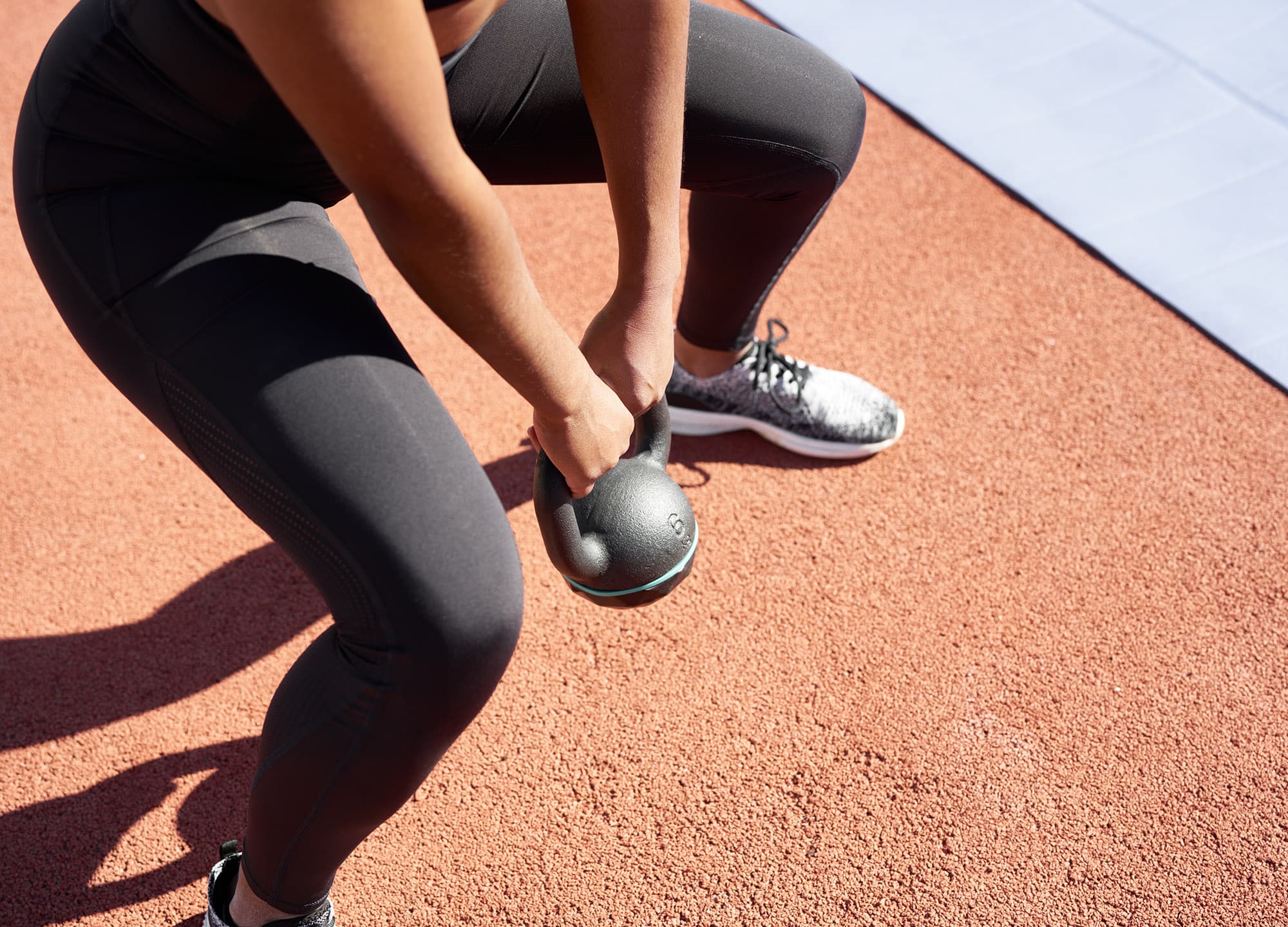No matter whether you’ve undergone a breast augmentation, lift, or reduction, the recovery process involves some significant changes to your usual exercise routine. But it’s not quite as simple as completely eliminating any and all movement, for weeks on end. “You need to let everything heal, but if you’re not moving enough, things can heal too tightly and cause problems. Scar tissue can become tethered and stuck together, the pectoral muscle can get stuck to the breast,” explains Beverly Hills, California, board-certified plastic surgeon Dr. Lisa Cassileth. “The goal is to hit a sweet spot, where you’re moving but not moving too much,” she says. Ahead, five exercise rules to follow in the days and weeks after any breast surgery.
1. Get your steps in
This rule applies to all breast surgeries and is the most immediate thing you can and should do. “These operations come with a risk of developing a blood clot, and walking around as soon as possible, starting the day of surgery, can help mitigate this risk,” explains Dr. Melissa Doft, a board-certified plastic surgeon in New York City. Walking for 10 minutes, four times per day, is an absolute must for the first week post-surgery, she says.
2. Repeat these three simple moves
Dr. Cassileth recommends that all her patients do the following three exercises daily, no matter which breast surgery they’ve undergone. “They’re all simple range-of-motion exercises that should be done for the first four weeks after surgery,” she says.
Hands to your head: Simply raise your arms to put your hands on your head, hold them there for 10 seconds, then lower them. Do this starting the day after surgery, three times per day, Dr. Cassileth advises. It sounds easy, but if you don’t do it for a few days, it will become harder and harder to accomplish, she points out.
Walk the wall: Stand facing a wall and extend your hands onto the wall. Slowly crawl your fingers upward. “This is a great way to get a gentle stretch along the side of your pectoral muscle, without the risk of ripping or tearing it,” explains Dr. Cassileth.
Bed stretch: Lie on your back, on the edge of a bed, and let your arm drape over the side for a few seconds; repeat on the other side. This move helps stretch out the front side of the pectoral muscle—again, in a very gentle way, Dr. Cassileth says.
Related: 9 Breast Augmentation Recovery Tips
3. Ease back to normal slowly
Scar tissue is about 50% healed at four weeks post-surgery. Dr. Cassileth says that this is when you can start incorporating some types of exercises that work your chest but in a very careful and gradual way. “If you typically do planks, keep your knees down until you’re six weeks out so that your pectoral muscles aren’t bearing your full body weight,” she recommends, adding that the same goes for any type of yoga position. And if you usually do push-ups, keep your knees down and hands close to your body, particularly if you just had a breast augmentation; wider-stance push-ups can force the implant sideways, says Dr. Cassileth.
If you were previously doing any type of lifting, you can start with very light weights after about a month, notes Dr. Doft. Just start lighter than usual—think: three pounds instead of five, or one pound instead of three pounds, she says. She also says that this is a good time to start to incorporate gentle, lower-body-focused workouts, such as the lower-body portion of a barre class.
As far as abdominal or core exercises go, Dr. Doft recommends waiting at least four to six weeks before incorporating these, particularly if you’ve had an augmentation: “The abdomen is very close to the breast incision and will affect the scarring of the incision and, perhaps, the placement of the implants,” she explains.
4. Be careful with cardio
Any type of high-impact exercise that gets your heart pumping and blood flowing poses a risk to your newly forming scars—particularly in the case of a breast reduction, when the scars can be bigger and really need time to heal properly, says Dr. Doft. “Aerobic exercise raises your blood pressure, which, in turn, can increase the redness of the scars,” she explains. Dr. Cassileth agrees, adding that the repeated pounding and steps from activities such as jogging or kickboxing pull on the incisions and can even cause the sutures to rip.
Swimming may be low-impact, but that’s off-limits for six weeks, since it requires you to constantly be stretching your arms overhead and puts tension on your chest for an extended period of time, notes Dr. Doft. Along with regular walking, she suggests very low-key, easy rides on a stationary bike if you are craving some type of cardio exercise.
5. Always wear a bra when you work out
“Many patients think they can run around and work out without a bra, especially after a breast reduction,” notes Dr. Cassileth. Not the case. Wearing a supportive bra whenever you do start to exercise is paramount, regardless of the surgery you’ve had: “It’s going to help minimize both pain and movement of the breasts and scars,” explains Dr. Doft. The big caveat? Make sure your bra fits your new breasts properly. An ill-fitting bra can cause rubbing or chafing along the incision and end up creating a new wound on top of the scar, warns Dr. Cassileth. Check for any signs of chafing or irritation every few minutes while exercising, until you’re certain that the bra you’re wearing fits well and comfortably.











